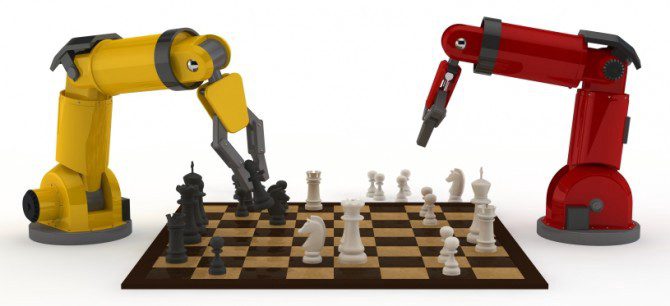Table of contents:
- What is Deep Learning?
- Supervised DL: The KISS Pathway That Leads To The Expected
- Unsupervised Deep Learning: An Exploratory Journey To Figuring Out the Unknown
- Decision Time: If You Knew Then What You Know Now
What Is Deep Learning?
Artificial intelligence (AI) is a lot like life’s relationships. Sometimes what you put into it is pretty straightforward, leading to the output or outcome that you wanted. Other times, let’s just say, the process gets a bit more convoluted and sometimes the outcome isn’t exactly what you envisioned. In other words, you may input the same into both relationships, but different paths lead you to different results. Nevertheless, both are learning processes. In the AI world, this is called supervised and unsupervised deep learning–and like most relationships, the shortest distance between what you input to what you get as output isn’t always the proverbial straight line.
Before we delve into what supervised and unsupervised deep learning is, you should know that deep learning evolved from a process called machine learning. Machine learning employs an algorithm, or set of rules, that creates output without specific programming. Think about how social networking mines data from your posts. For instance, you go out to eat with your friends at your favorite sushi place and share facts online about your experience–what you loved, found distasteful, photos, would you return–once you input these into your social network, an algorithm picks up tidbits about your input to extract patterns about what you like, don’t like, even what you look like based upon your pictures. The algorithm may discover that you are around 23 years old, eat out at this particular type of restaurant twice a month with your friends and like California rolls over eel sushi. It then sends you ads based upon that data. Machine learning iteratively gleans information about input despite not being told how to do so or where to look for that information.
Deep learning kicks it up a notch. It takes your input, finds that it can either categorize it without issue (supervised) or clusters unlabeled information, attempting to categorize it so that it makes sense (unsupervised), before taking that input and creating some sort of viable output. It’s a layered architecture making sense of data that can be quite abstract from one layer to another. That’s how deep learning emulates the multi-faceted complexity of the human brain–its neural pathways processing copious amounts of information that doesn’t make sense until it does (or not).
To read the whole article, click here.

